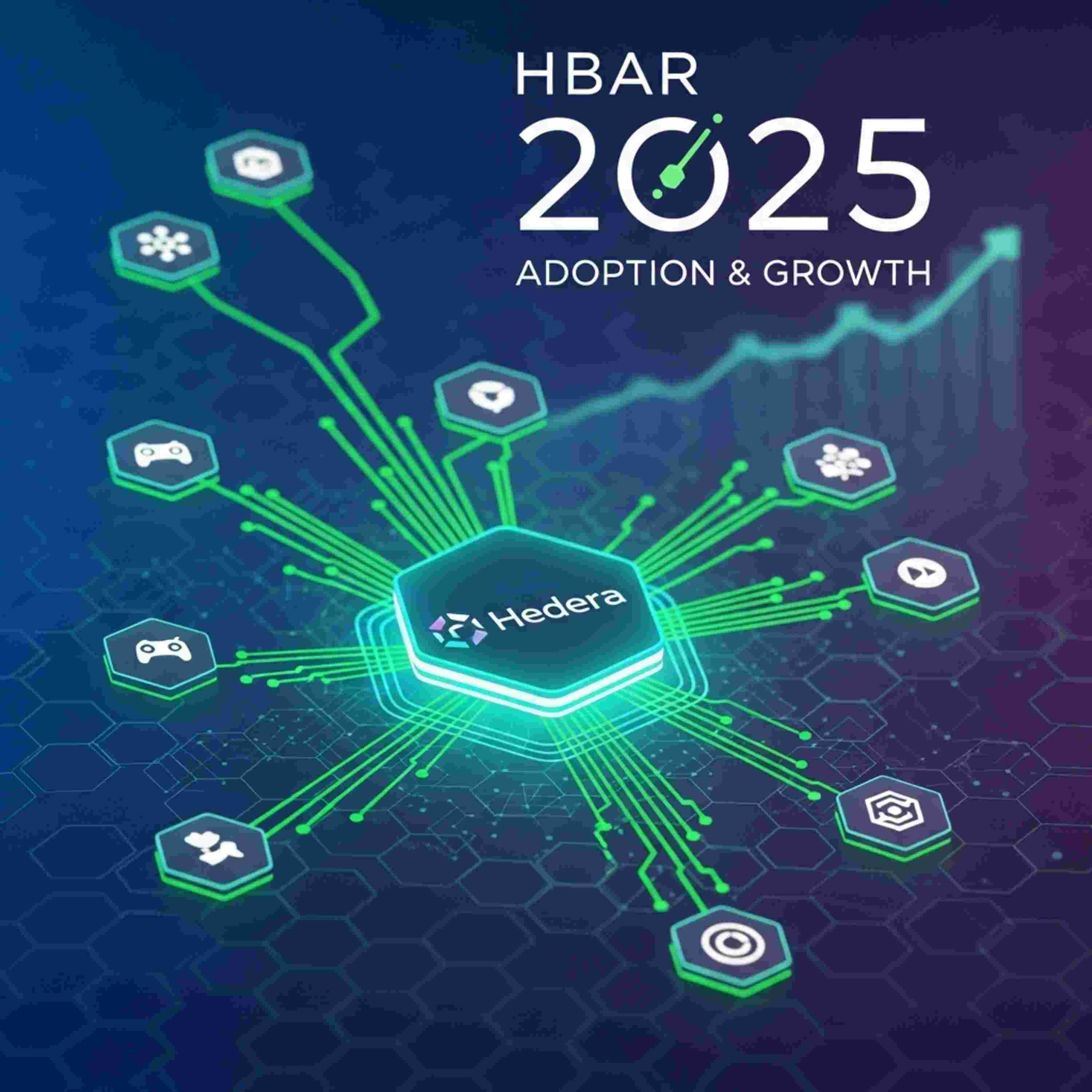

An in-depth debate on the future of Distributed Ledger Technology (DLT) for institutional and enterprise adoption. We analyze the core trade-offs between Directed Acyclic Graph (DAG) architectures like Hashgraph and established Layer 1 (L1) public blockchains (e.g., Ethereum). Key discussion points include the demand for predictable performance, fixed transaction costs, scalability, regulatory compliance (RWA), and the philosophical principles of decentralization versus structured governance (Google, IBM Governing Council).
#DLT #Hashgraph #Layer1 #Blockchain #EnterpriseBlockchain #Hedera #Ethereum #DLTArchitecture #CryptoCompliance #RWA #DeFi #InstitutionalCrypto #Mica #CBDC #Web3
00:00 - 00:04 - Debate Introduction: DLT's Critical Transformation & Enterprise Adoption Shift
00:04 - 00:22 - Industry Shift from Speculation to Enterprise & Government Adoption
00:22 - 00:36 - The Core Conflict: Performance, Trust, and the Need for Speed & Stability in Institutions
00:36 - 00:50 - Key Debate Question: Will Non-Blockchain DLTs Win the Enterprise Race?
00:50 - 01:10 - Argument for Hashgraph/DAGs: Architectural Superiority via Fixed, Low Costs & Predictable Finality
01:10 - 01:37 - Argument for Established L1 Blockchains: Long-Term Viability, Ecosystem Depth, Resilience, and Network Value
01:37 - 02:08 - Enterprise-Grade Requirements: Performance is Non-Negotiable for Mission-Critical Apps & CBDC
02:08 - 02:32 - Hashgraph's Solution: DAG Consensus Delivers Fixed Low Transaction Costs for Scale
02:32 - 02:54 - Institutional Buy-in: Google, IBM, and EQT Labs as Evidence of Hashgraph's Strategic Investment
02:54 - 03:22 - Counter-Argument: Impressive DAG Speeds Compromise Decentralization & Substitute Trust
03:22 - 03:37 - L1 Advantage: Decades of Network Effects, Vast Developer Ecosystem, and Scaling Solutions
03:37 - 04:15 - L1 Innovation and Standardization: IETF Token Taxonomy & Layer 2/3 Solutions (e.g., Algorand, Orbs Network)
04:15 - 04:59 - The Stability vs. Decentralization Trade-off: Volatile L1 Transaction Costs as an Unacceptable Risk
04:59 - 05:37 - The Governance Cost of Stability: Hashgraph's Council vs. the Trustlessness Principle
05:37 - 06:08 - The Regulatory Preference for Permissioned Blockchains (e.g., PolyMesh, Hyperledger Fabric)
06:08 - 07:13 - Brand Trust Governance: Hashgraph's Council as a Strength for Regulated Enterprise
07:13 - 07:51 - Adoption Strategy: Does Google/IBM Endorse Hashgraph's Technical Fit or Just Manage Risk?
07:51 - 08:33 - L1 Resilience: Open-Source Communities are Immune to Political Risk & Offer Unparalleled Depth
08:33 - 09:15 - L1 Integration: From MetaMask Cards to Global Standards; Skepticism on DAG Interoperability
09:15 - 10:09 - Compliance Bottleneck: Legacy Baggage in L1 Ecosystems & the Need for Specialization (ERC-728)
10:09 - 11:22 - Innovation Origin: Permissionless Innovation Starts on Open L1s, Driving Real-World Financial Inclusion
11:22 - 12:24 - Counter-Point: Innovation Sacrifices Compliance; Specialization for RWA (PolyMesh) Meets Stricter Demands
12:24 - 13:34 - Final Rebuttals: L1's Resilience vs. DAG's Predictability & the Long-Term Vision
13:34 - 14:08 - Closing Argument for DAGs: Enterprise Adoption Hinges on Predictable, Scalable Architecture
14:08 - 14:41 - Closing Argument for L1s: Long-Term Value in Resilience and Permissionless Financial Innovation
14:41 - 15:10 - Conclusion: The Open Strategic Discussion on DLT's Future